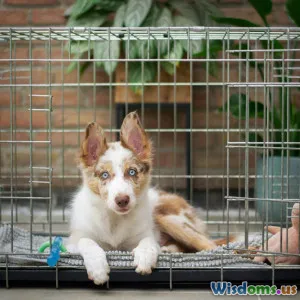
Building a Safe Outdoor Space for Rabbits
19 min read Discover essential tips to create a secure and stimulating outdoor space for pet rabbits, ensuring their safety, comfort, and happiness. (0 Reviews)
Building a Safe Outdoor Space for Rabbits
Providing a secure and stimulating outdoor area is one of the best ways to promote your rabbit’s physical health and mental well-being. While a garden or backyard can offer a natural habitat for hopping, digging, and foraging, the outdoors also present risks that require careful planning. Whether you’re a first-time rabbit owner or looking to upgrade your current setup, this guide walks you through thoughtful considerations and practical steps to ensure a safe, happy haven for your bunnies.
Assessing Your Space and Setting Priorities
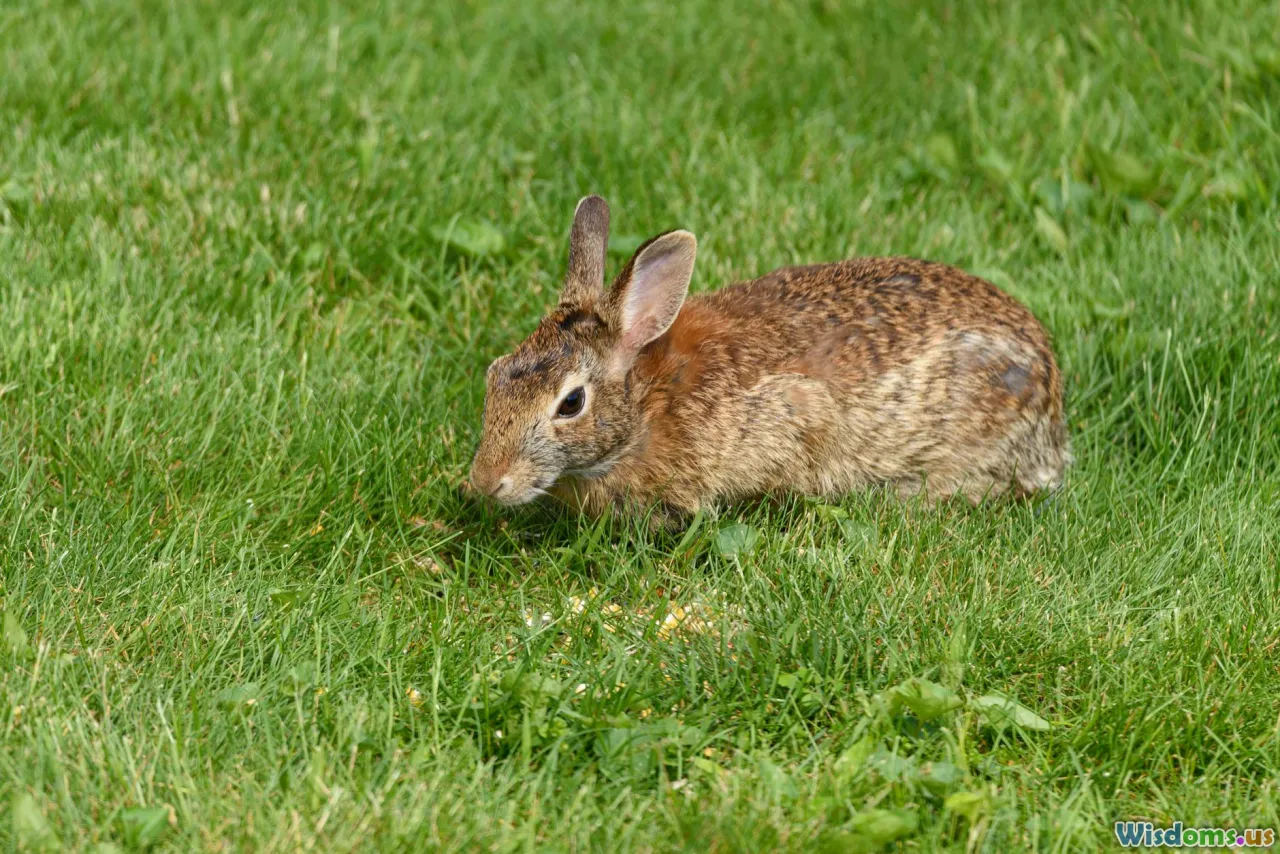
Before purchasing materials or sketching designs, take a moment to thoroughly assess your outdoor area. Not every space is rabbit-proofed from the start, and understanding its layout will influence safety and enjoyment for your pets.
Evaluate the Landscape:
- Level Ground: Rabbits are agile but can hurt themselves on sharp drops or uneven terrain. Aim for a flat or gently sloped area.
- Vegetation: Sparse lawns are easier to monitor for predators and holes, but shrubs and logs provide cover for shy rabbits.
- Exposure: Consider where sun and shade fall throughout the day; rabbits are prone to heatstroke if left in direct sunlight for too long.
Neighboring Animals: Check for common neighborhood wildlife—cats, dogs, raccoons, and birds of prey—and think about how they might access your space. If your yard borders woodlands or fields, extra fortification may be necessary.
Space Needs and Zoning: The House Rabbit Society recommends at least 24 square feet per rabbit for free-ranging time. However, more space always contributes to richer stimulation and exercise. Designate “bunny zones” that separate play, hiding, eating, and toileting for better hygiene and behavior.
Example: In Sydney, Australia, where outdoor cats often roam suburban areas, rabbit owners upgrade their fences to deter curious visitors and install motion-detecting lights as an additional warning system for nocturnal animals.
Fencing and Barriers: The Cornerstones of Safety
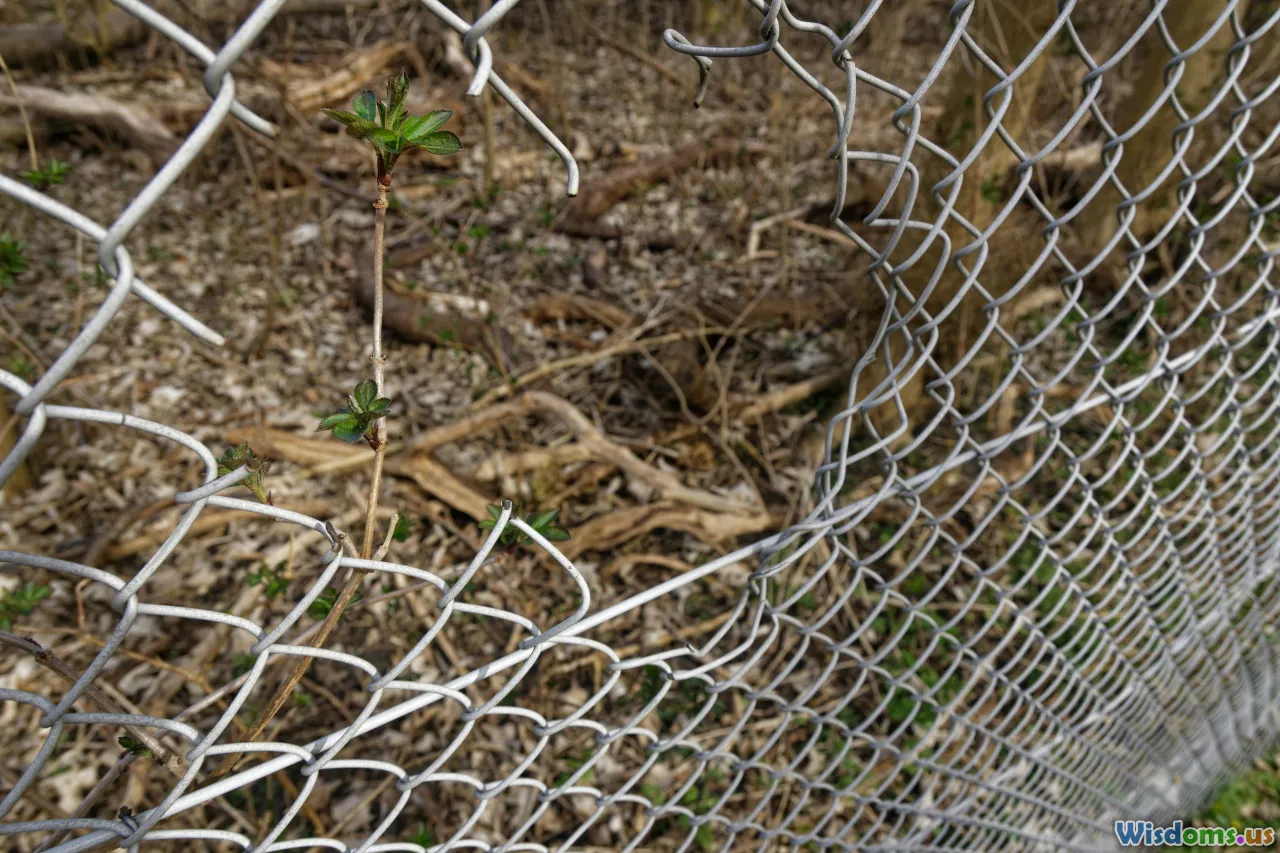
A strong, well-designed fence is non-negotiable for rabbit safety. Unlike dogs, rabbits are both skilled burrowers and jumpers, capable of squeezing through surprisingly small gaps.
What to Avoid:
- Standard chain-link or picket fencing often leaves "chewable" areas, gaps at ground level, and spaces wide enough for a determined bunny (or predator) to access.
Best Practices:
- Solid Perimeter: Use heavy-gauge galvanized hardware cloth with gaps no larger than half an inch (1.27 cm).
- Burrowing Defense: Extend wire mesh at least 12–18 inches (30–45 cm) underground, either vertically or horizontally (laying mesh away from the fence base in an "L" shape to discourage digging).
- Height Matters: Walls or fencing should be at least 3–4 feet (90–120 cm), with a roof or netting to deter aerial predators and prevent rabbits from leaping out.
- Smooth Edges: Avoid sharp-edged wire or single-strand fencing that could injure a rabbit’s delicate paws and nose.
- Dual Entrances: A secondary, lockable gate provides safe human access and an emergency exit.
Example: In the UK, the RSPCA advises sturdy wooden frames lined with wire mesh, rather than chicken wire, as the former is more difficult for rabbits (and foxes) to chew through.
Protecting Against Predators: Above and Below

While domesticated rabbits tend to have poorer survival instincts than their wild counterparts, their defenses depend entirely on you. A secure enclosure isn’t just about keeping bunnies in—it’s about keeping everything else out.
Aerial Threats: Raptors (hawks, owls, eagles) regard rabbits as free-range prey, even in urban areas. Netting that is taut and resistant to tearing, or a solid roof (corrugated plastic, wood, or clear polycarbonate), is essential. For sheltered areas, consider a secure wooden hutch or a run with a heavy-duty mesh top.
Terrestrial Intruders: Dogs, foxes, raccoons, ferrets, and even large snakes can gnaw, dig, or slither their way into enclosures. Ensure that:
- All openings (including doors) are equipped with double latches.
- The base perimeter has anti-dig mesh or hardscaping (pavers, bricks) to discourage tunneling.
- Surveillance (such as motion-triggered wildlife cameras) may help monitor twilight activity.
Tip: Lock hutches at night, and avoid leaving rabbits in the garden unsupervised during dusk and dawn, which are prime hunting times for many predators.
Neighborhood Hazards:
- Avoid placing the run near compost bins, standing water, or dense brush, which may harbor rats or snakes.
- Plant deterrents (like lavender and rosemary) around the fence line; their strong scent may discourage some smaller mammals.
Weather Proofing: Shelter From the Elements

Rabbits are sensitive to both temperature extremes and drastic weather changes. Simply providing a hutch or box may not be enough.
Sheltered Areas:
- Hutch Design: Opt for raised hutches with waterproof roofs. Removable side panels or drop-down curtains allow management of airflow during storms or heatwaves.
- Sun and Shade: At least one-third of the enclosure should be shaded throughout the day. Use native trees, umbrellas, or purpose-built canopies.
- Substrate Choice: Avoid concrete in full sun (it overheats) and bare earth in wet areas (it becomes muddy and breeds parasites). A thick layer of hay over grass, or weather-resistant artificial turf, works well.
Wind and Rain:
- Position the shelter with its entrance away from prevailing winds.
- Supplemental windbreaks (corrugated sheets, wooden screens, dense shrubbery) buffer harsh gusts.
Seasonal Needs:
- In colder climates, consider insulated hutches and heavy bedding through autumn and winter.
- In hot zones, ventilation is crucial—mesh walls, tiles to lounge on, frozen water bottles, and cool ceramic tunnels provide respite.
Case Study: In Norway, where temperatures regularly drop below freezing, outdoor rabbit keepers swap plastic for wooden hutches and add thick straw bedding plus tarpaulin covers to keep out snow and icy wind.
Creating a Stimulating and Enriching Environment
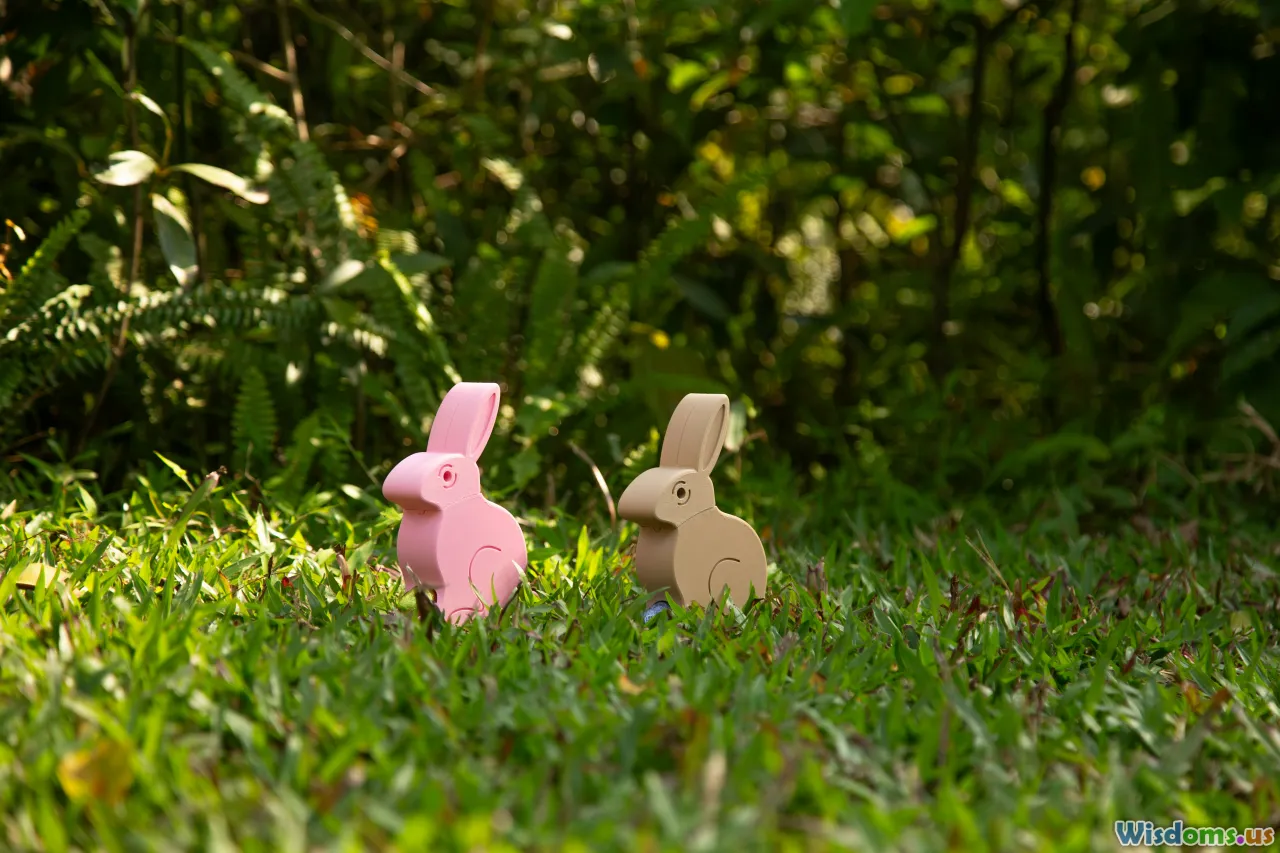
A safe space is more than just protection; it should also offer daily discovery, play, and comfort. Enrichment prevents boredom, destructive behavior, and obesity—issues all too common in under-stimulated rabbits.
Physical Enrichment:
- Tunnels and Hides: Cardboard pipes, wooden boxes, and plant pots mimic burrows and provide hiding zones. Commercial rabbit tunnels, interchangeable for new configurations, add variety.
- Platforms and Lookouts: Secure, low platforms or ramps allow rabbits to hop and perch, fostering muscle tone and confidence. Always ensure they’re stable and not too high (max: 12–18 inches / 30–45 cm).
Foraging Tools:
- Scatter food and hay to encourage natural grazing.
- Dig boxes (filled with clean sand, dirt, or organic potting mix) let rabbits indulge their digging instincts safely.
Chew Toys:
- Safe woods (apple, willow), untreated seagrass mats, and hay blocks satisfy gnawing urges while helping wear down ever-growing teeth. Avoid plastics or chemically treated items.
Sensory Features:
- Scented herbs (mint, lemon balm) can be grown in pots for variety and safe snacking.
- Rotating toys, puzzle feeders, and balls prolong curiosity.
Example: Owners in densely populated European cities transform balconies into rabbit "gardens" equipped with planter beds for grazing and shallow boxes for earth-digging—offering an urban alternative to rural plots.
Safe Plants: Selection, Hazards, and Green Grazing
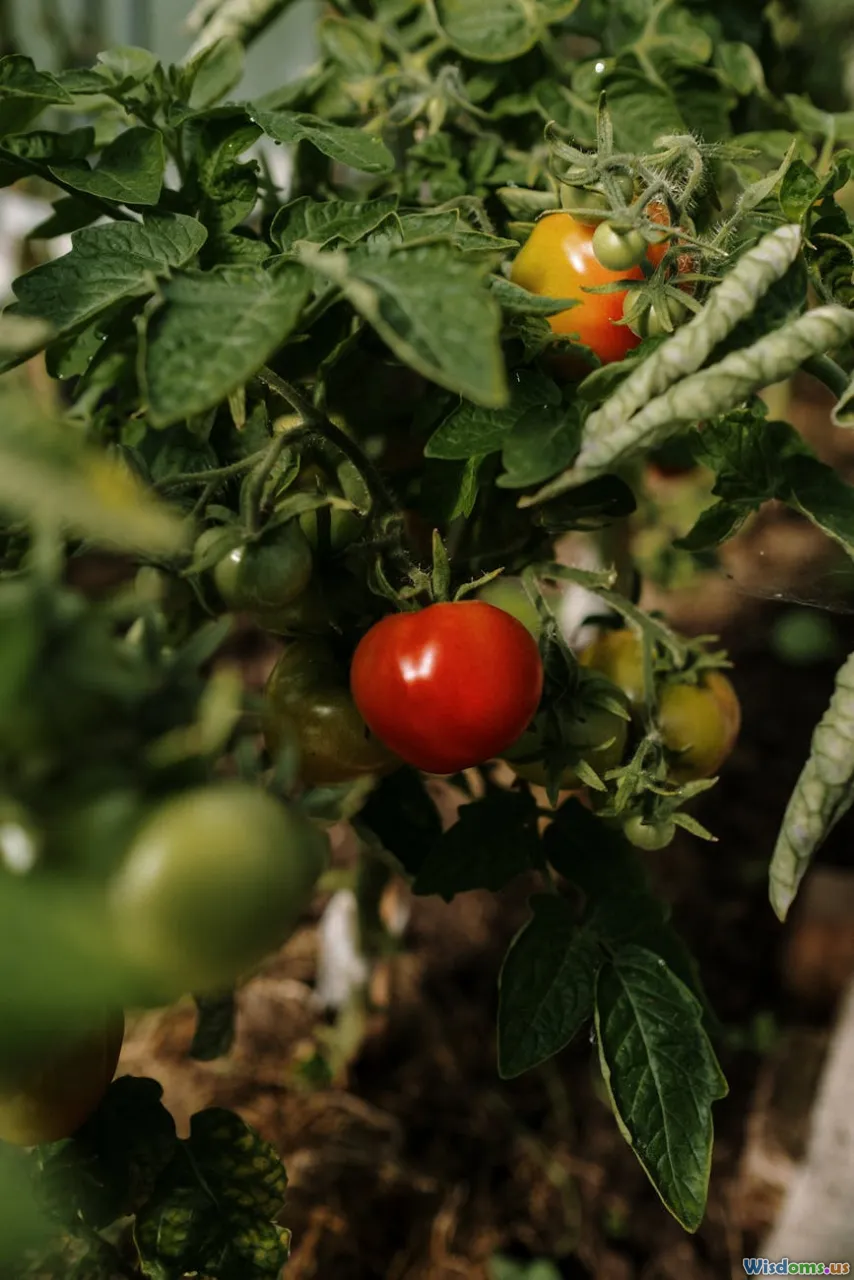
Many owners dream of a green paradise, but not all plants are rabbit-safe. Accidental ingestion of even small quantities of certain common garden plants can be fatal.
Safe Edibles:
- Grasses (Timothy, fescue, meadow, rye)
- Herbs (parsley, basil, cilantro, dill, mint, rosemary)
- Vegetables (broccoli leaves, carrot tops, beet greens, edible flowers like nasturtiums and pansies)
Hazardous Plants:
- Common toxic species: Lily-of-the-valley, foxglove, azalea, rhubarb leaves, daffodils, iris, tulips, and all plants from the nightshade family (tomato, potato foliage).
- Check before planting: Always reference the House Rabbit Society's Toxic Plants list, as new hybrids may have unexpected effects.
Garden Planning:
- Plant appropriate grass for grazing and fence off any existing flower beds containing harmful species.
- Hang planters or use vertical gardening for things rabbits cannot eat.
True Story: After two domestic rabbits in Oregon nibbled on azalea clippings dropped by gardeners, both required immediate veterinary care. Now, their owner regularly sweeps enclosures for dangerous leaves after windstorms or lawnmower activity.
Hygiene and Health: Maintenance Routines

A clean outdoor space limits infection, odor, and stress, keeping your rabbits hearty and content for years.
Litter Management:
- Use rugged, chew-proof trays lined with paper-based or recycled fiber litter (never clay or clumping types).
- Remove soiled material daily and replenish fresh hay.
Regular Deep Cleaning:
- Weekly: Disinfect food bowls, water bottles, toys, and high-traffic paths.
- Biweekly to monthly: Rotate digging zones, do a full bedding replacement, and check under shelters for dampness or mold.
- Seasonal: Pressure-wash and sun-dry hutches, renew weather coverings, mow brushing areas to limit parasite load.
Pest Control:
- Minimize standing water (which draws mosquitos) and pick up dropped pellets quickly to deter rodents.
- For fleas, mites, or flystrike risk, use only rabbit-safe veterinary treatments and consult a professional.
- Rotate the position of the run on fresh grass to discourage worm and parasite build-up.
Pro Tip: DIY vinegar-water spray keeps many natural surfaces clean without harsh residues that could harm sensitive rabbit noses or paws.
Supervision, Socialization, and Responsible Play

While a secure run greatly enhances outdoor safety, rabbits thrive with regular, supervised interaction and social touch. Outdoor time provides an excellent opportunity to bond.
Safe Handling:
- Always supervise children and introduce calm, slow interactions.
- Never chase or grab; instead, let rabbits approach you, offering gently held treats and comfortable places to nap nearby.
Monitoring Health:
- Learn individual body language—ears pinned back, reluctance to move, or hiding may indicate stress or illness.
- Watch for overgrooming or signs of bullying if you have multiple rabbits.
And Don’t Forget—Escapes Happen:
- Microchip or clearly tag your rabbit and keep recent photos at hand.
- Practice recall and train simple commands using clickers and food rewards.
- Spend time outside the enclosure so rabbits learn to view you as a source of comfort and enrichment, not just a gatekeeper.
Story: During summer evenings, a family in Colorado turns on string lighting nearby, sits with books or picnic snacks, and lets their bonded pair of rabbits roam inside a portable exercise pen, fostering trust.
Incorporating Technology: Modern Tools for Safety

Thanks to a growing interest in small animal welfare, there’s now a range of devices to manage and monitor your rabbits’ space remotely or automatically:
- CCTV and wildlife cameras: Observe behavioral patterns and deter external threats without disturbing your pets.
- Automated feeders and waterers: Provide timed snacks or hydration during hot weather, especially when you are away.
- Motion sensors and smart alarms: Alert you to breaches, unexpected movement, or neighborhood animals infiltrating the run.
- GPS trackers: Some lightweight collars or harness-attached units can help locate an escaped rabbit, though sizes should be chosen with care.
Such solutions are particularly helpful for those with larger properties, mobility challenges, or unpredictable work schedules.
Adapting for Urban and Shared Spaces
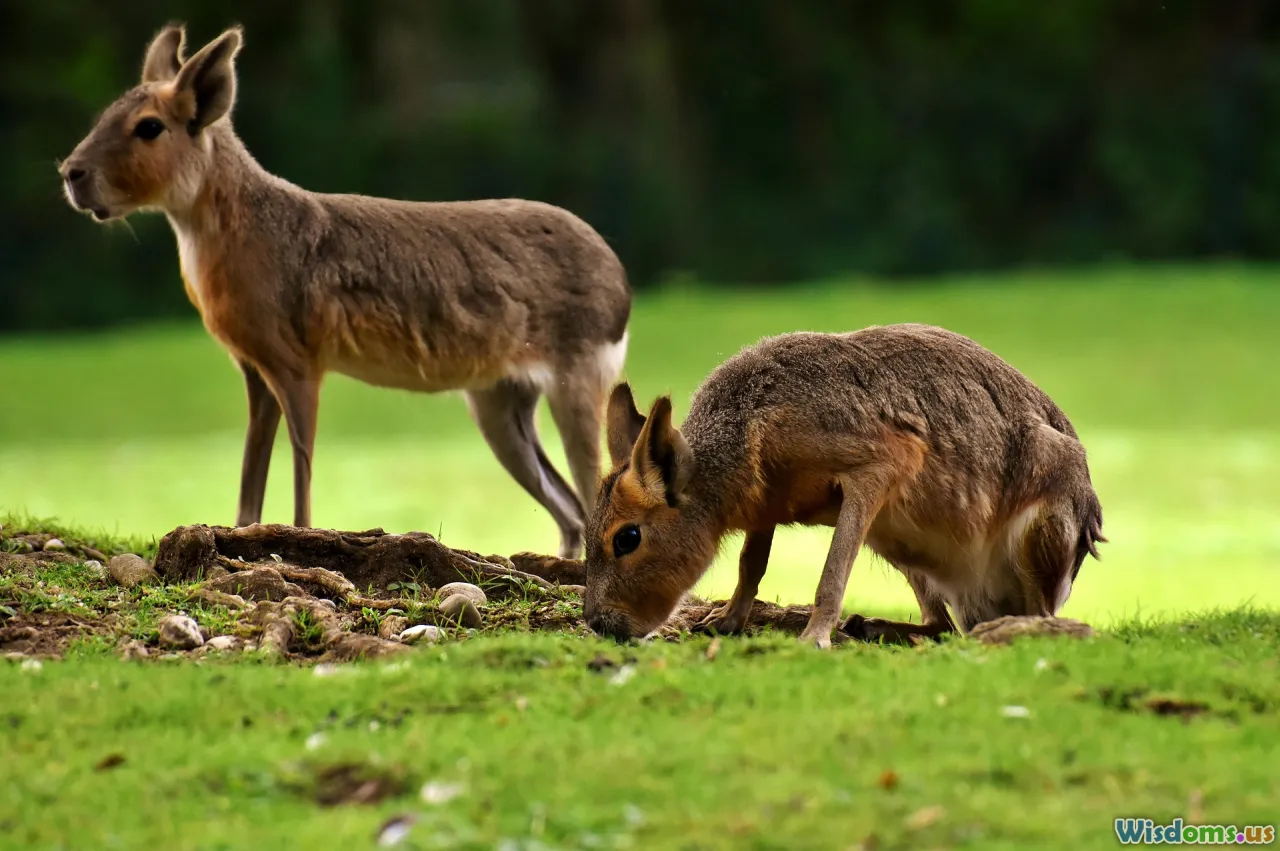
You don’t need a large private yard to give rabbits an outdoor sanctuary. Urban and apartment dwellers have increasingly inventive solutions.
Balcony Gardens:
- Use portable playpens with weighted bases and mesh lids.
- Install artificial grass or patio-style cages safe from wind and birds.
- Sun umbrellas and windproof fabric maintain comfort, while small digging zones (repurposed storage tubs) provide enrichment.
Shared Community Gardens:
- Organize scheduled access so rabbits can enjoy supervised sessions.
- Build modular fencing and temporary shelters that are easy to assemble, clean, and store.
- Network with neighbors to create shared "bunny time" traditions.
Example: In Hong Kong, rabbit owners collaborate with rooftop gardeners, incorporating pet-friendly plants into container gardens and building evening “grazing parties” during cooler hours.
Financial Planning: Budgeting for Safety and Comfort

It’s possible to create an excellent outdoor rabbit space on most budgets, but cutting corners often leads to expensive (and heartbreaking) mistakes. A properly built enclosure pays dividends in lower vet bills and greater peace of mind.
Necessary Outlays:
- Fence materials ($100–$600 for sturdy mesh, wood frames, hardware)
- Weatherproof hutch or shed ($150–$800+, depending on size and insulation)
- Enrichment purchases (tunnels, platforms, dig boxes: $50–$200)
- Ongoing costs (litter, bedding, cleaning products: $25–$50 monthly)
Do-It-Yourself Versus Ready-Made:
- DIY allows customization to your yard’s shape and your rabbit’s quirks.
- Modular commercial systems offer convenience and are often easier to expand as your herd grows.
Unexpected Costs:
- Emergency repairs after storms or attempted break-ins.
- Accessories to adapt for new pets or changing weather.
Tip: Source recycled materials from buy–sell groups (think old platforms, unused playhouses, or pallets) to keep costs low without compromising safety.
A happy, secure outdoor space is both a promise and a daily delight for your rabbits—you’ll cherish the sight of gleaming eyes, eager noses, and joyful leaps. Invest the time to build a thoughtful habitat and you’ll be rewarded with healthy, lively companions for years to come, witnessing firsthand the wondrous difference a safe haven can make in a rabbit’s life.
Rate the Post
User Reviews
Popular Posts
















